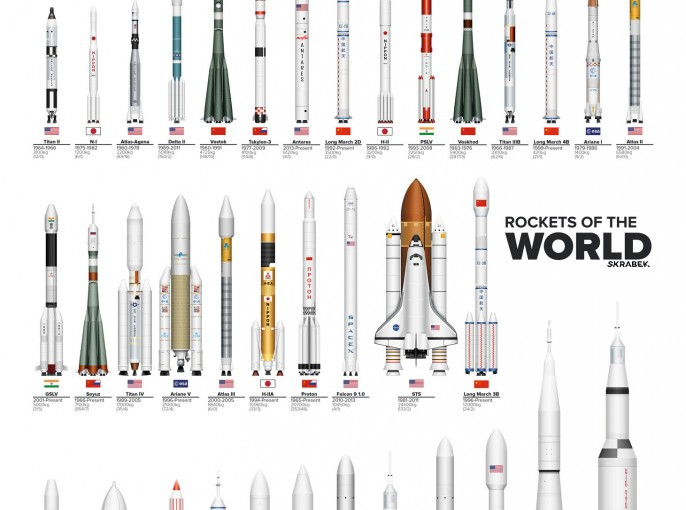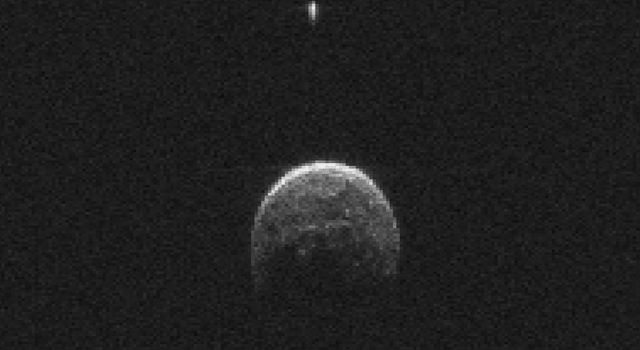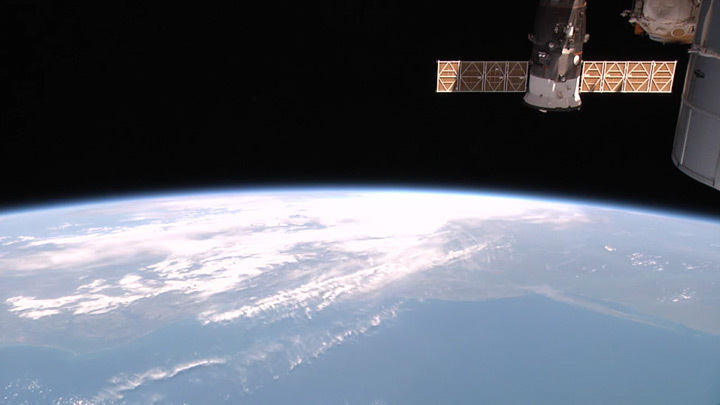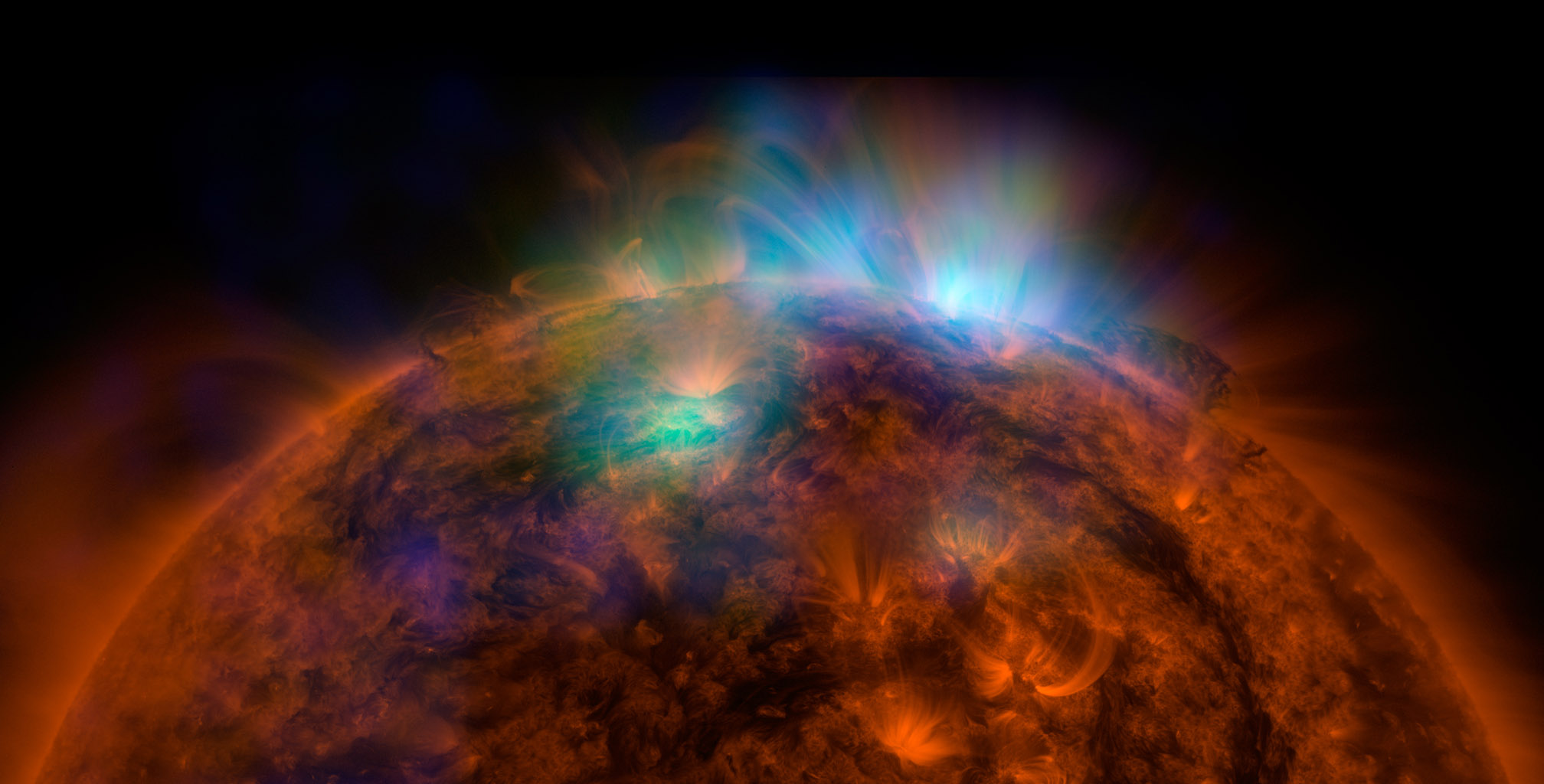
So yesterday I posted about exactly how big a 12 billion solar mass black hole appears to be. But I didn’t get into the followup question of, “So why is this new black hole exciting?” Here’s why this is cool, and surprising.
Posts about science, either stuff that I’m working on or stuff that’s interesting to me.

So yesterday I posted about exactly how big a 12 billion solar mass black hole appears to be. But I didn’t get into the followup question of, “So why is this new black hole exciting?” Here’s why this is cool, and surprising.

Question from a friend:
Multiple News sources (Time Magazine, Wired, now Salon) are all claiming that this new “Monster” Black Hole which is 12+ billion light years away (thank god) is 12 Billion Times the size of our sun…
But, every time I read the article it says “12 billion times the MASS of our sun.”
I understand the thing is EPICALLY HUGE, but I also understand Mass and Size are not always directly proportional. Also, black holes are SUPER dense right?
So, long story – short question:
How big is this thing really in size?
Okay, so this is actually a pretty subtle question. I’ll parse it two ways:
By answering this question we get to neatly sidestep all of the issues about “what’s the black hole made of” and get down to brass tacks. Any object (including you and me) that has some mass (say, the mass of the earth) has an event horizon, which is the size where if you cram all of the objects mass into a ball of that size then it will bend space around it so that light can’t escape. This is also known as the Schwarschild Radius, named after the Germon mathematician/astronomer who first thought it up. It varies roughly proportionally to the mass of the object:
R = 2 G M / c^2
…where G is the Gravitational constant, M is the mass, and c is the speed of light.
In human terms, this is a pretty small space. If you took something the mass of the Earth, then it’s Schwarzchild Radius is about the size of a shooting marble (with a radius of about 1 cm). There’s a cool calculator that gives you the size vs mass if you want to play around with it.
For our Sun, the Schwarzchild radius is about 3 km in radius. So for the 12 billion solar mass blackhole, the Schwarzshild radius is about 36 billion km, which is about 240 times the distance from the Earth to the Sun or about 10 times the distance from the Sun to Pluto. So…big.
But not unimagineably big. The distance to the nearest star is about 275,000 times the distance from the Earth to the Sun, so a billion solar mass black hole wouldn’t even come close to filling up the space between two stars in our local neighborhood.
There are some caveats to this, of course (things that only people like me really know about like black hole spin, etc), but that gets you pretty close to understanding how big the thing is.
This is the trickier one, and I’m going to punt on this. This is the crux behind Interstellar (spoilers?), but no one really knows what physics is like inside of a black hole. All kinds of funny things may happen (or not). But in this case asking the question of “What is a black hole’s physical size” is just not the same as asking the question “What is a basketball’s physical size?”. It’s a good question, it’s just one that we don’t really know the answer to.

Here’s a really awesome poster that someone is putting together on Etsy of all modern rocketry (1958 to now). It’s pretty amazing to see where the really modern rockets end up on here. This doesn’t include some of the aircraft-based launch vehicles (like the Pegasus XL rocket that launched NuSTAR), but they’d be pretty tiny.

…it’s a space station. Well, not really. But even this thing at a measly 300(ish) meters across has enough gravity to trap a moon (and keep it bound, even when it’s doing a flyby of MUCH bigger fish, like us).
Full story with an animated gif of the moon orbiting the asteroid here: http://www.jpl.nasa.gov/news/news.php?feature=4459

Let’s be honest, you needed something to splash up on that fancy external monitor.
How’s about a live view fo the Earth from the ISS? Granted, half of the orbit it’s dark (because…nighttime). But every half hour or so it’s a very pretty thing to watch.
Update: Here’s a link straight to the NASA site, which also has a useful ISS tracker:
http://eol.jsc.nasa.gov/ForFun/HDEV/
From Scientific America, they’ve got a mapping strategy that identifies papers that got a big “traditional” splash (the news, research blogs, Mendeley citations, etc) vs those that make a splash on social media. The image below is the result, which is from this article.

Okay, while I admit that I found this page because it had the NuSTAR observation of the Sun listed as one of the top ten pics, it also made me think that this was a GOOD year for space imagery…

Beautiful new shot of Arp299. Red/Blue are the NuSTAR false color hard X-ray images overlaid on an HST optical image.
Image credit: NASA/JPL-Caltech/GSFC
Associated news release here, where you can also get a link to larger versions of the image. Because you know you want this to rotate through as your desktop background.
Latest NuSTAR Nature paper on the “ultra” pulsar in M82 and the press release via the NuSTAR Caltech site. (more…)